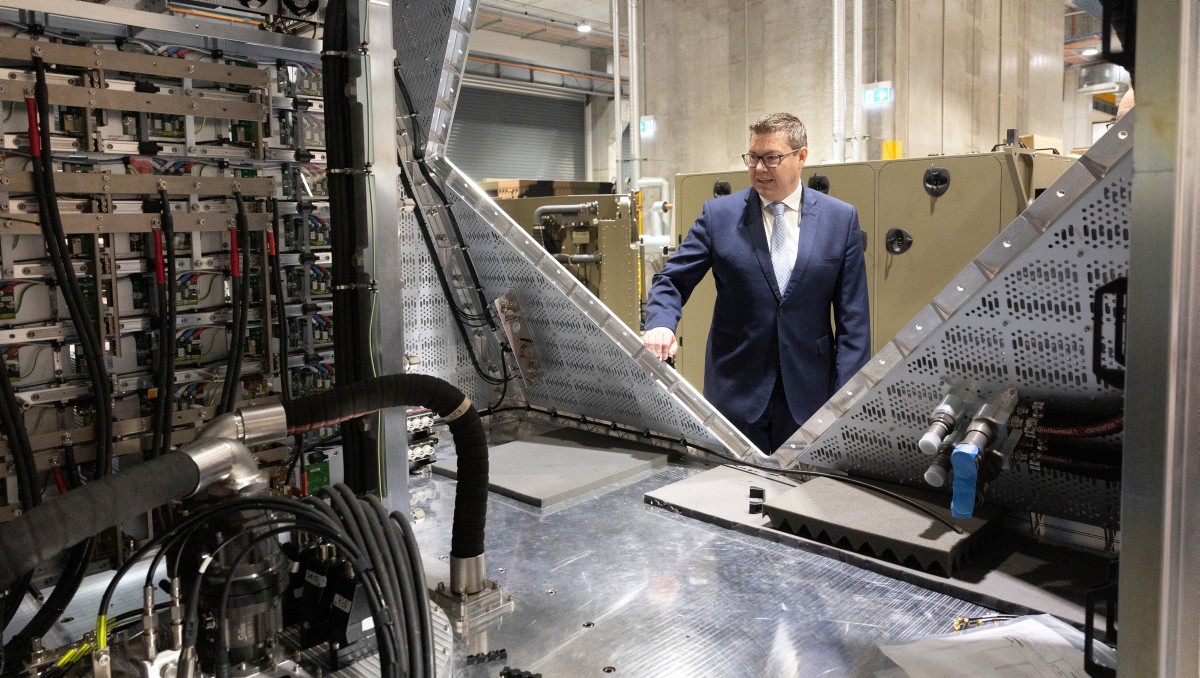The uncertain road to becoming 'expeditionary': Conceiving the deployable Army of the future
When armies recognise that they face an uncertain, unknowable, future, more often than not their response is to undertake organisational and structural change. Their observations of recent military campaigns, supported by analysts, historians and other social scientists, all offer enticing reasons for structural and conceptual change. One such analysis, written in the context of an exploration into expeditionary warfare, was recently presented by RAND Corporation analyst Michael Shurkin. Shurkin, recently writing in the Joint Force Quarterly, articulated how former US Army Chief of Staff General Raymond Odierno and other senior US Army staff sought to make the US Army more ‘expeditionary’ in the wake of French operations in Mali. He described how the French operations, characterised by the small unit tactics of dispersed, light, forces with a greater tolerance of operational risk, were successful in a short-notice expeditionary operation. Furthermore, he argued that there were valuable lessons for – and questions to be answered by - the US Army and its efforts to transform.
The US Army was like other Services, including the US Marine Corps who sought to reassert their maritime and expeditionary traditions after years of counter-insurgency operations. Odierno’s belief that the US Army needed to ‘re-centre’ following extended campaigns in Iraq and Afghanistan reflected a desire to reset Army in a way that assured its deployability for future contingencies. The Army would be unequivocally ‘expeditionary’ in character. Prior to Operation Serval, General Odierno had already articulated a vision that the US Army becomes more scalable, rapidly deployable, capable of ‘small-footprint’ operations. Observations made of this operation naturally supported his objective, and were seized on by US Army force designers. The desire for change was notable given the Army’s preference, design and optimisation to fight in formations no smaller than a brigade. Furthermore, the shift towards small-unit operations fought in a dispersed and decentralised combat would test typically risk-averse military planners and concept writers.
Odierno and his successor General Mark Milley were not the first post-Cold War US Army leaders to argue that the US Army should adopt expeditionary.With memories of the incredible logistic and force build-up of the 1991 Gulf War at hand, the US Army of the 1990’s had embarked upon the ‘Objective Force’ program that ultimately delivered the Stryker capability, a medium-weight and rapidly deployable brigade combat team. Chief of Staff General Eric Shinseki argued that US Army forces were far too heavy, and that the institution lacked a mindset of readiness that formed a philosophical basis for its concepts. It was believed that the US Army had to move from a paradigm emblemised in Cold War, return to Europe exercises such as ‘Reforger’ activities, whereupon a massed theatre-level logistic footprint preceded the deployment of combat forces. US Army elements would need to adopt characteristics one might expect to see within the Marine Corps, a capacity to deploy lightly, quickly and capable of surviving in austere conditions without the logistic train fundamental to enabling massed firepower and shock through manoeuvre.
Over a decade later, at a time where forces were slowly returning home and preparing for the next conflict, familiar concepts would re-emerge. As a validation of these concepts, it was unsurprising that the US Army G-8 would approach the RAND Corporation, and Shurkin, to conduct a comprehensive survey of the French Army’s performance on Operation Serval in Mali. This operation unfolded just as Odierno described his vision for the US Army, and seemed to confirm his assertions. Although Shurkin did not examine the Stryker capability in his paper, his study confirmed that even despite its turn of the century efforts, the US Army still had significant questions to answer if it chose to follow the ‘expeditionary’ road. How should it task organise? Is Army’s force structure appropriate? How can forces be sustained in dispersed operations? Should protection be demoted as a principle for capability development, primarily to keep platforms at lower weights so to increase the rapidity that forces could be deployed? These questions were not new, as I have shown elsewhere, but lay dormant as other, more immediate, operational needs shaped force design and operating concepts.
What does this example suggest to the Australian Army? Given the difficulties encountered by the US Army in achieving a balance of capabilities in its force, it seems relevant to ask whether, as a much smaller Army, the Australian Army has any realistic chance of responding adequately to a preponderance of legitimate, often competing, conceptual needs and new operational requirements. After all, force design does not occur in isolation, and there are many organisational and administrative factors, and most importantly operational experiences, that influence the minds of decision makers. So, why should it bother toying with the idea of specifically designing any force, let alone an ‘expeditionary’ force?
Army has sought to eliminate this problem by adopting a force structure defined by preparedness and readiness, rather than optimising for combat as some arguments concerning combined arms operations suggests. Its adaptable force structure, one defined by an ability to give strategic planners options for operational commitments, commends a training approach which emphasises generalist skills applicable to range of operational types. Plan Beersheba, and the standardisation of Army’s three regular brigades which began under the preceding Adaptive Army initiative, is seen to offer Army a greater chance that it can respond effectively and quickly to expeditionary scenarios such as Operation Serval. It seems that Army is well positioned for such expeditionary operations, enabled by a range of semi-developed concepts that enshrine an adaptable battle-grouping methodology for combat, an ability to operate in austere conditions, and most importantly, embrace innovation in its role in operational adaptation.
Structuring a force on a methodology based in ‘preparedness’ and modular, flexible, unit design poses its own questions and challenges, some of which threaten Army’s expeditionary credentials. ‘Hollow’ and fragile enabler capabilities, preparedness certification process and ‘force-generation cycles’ create a well-known mix of complications that generate sustainability issues for Army. Many of these issues are also shared by the larger US Army, with the scale of the problems the only real differentiator. However, I argue that the Australian Army is really only at the beginning when it comes to resolving challenges to its expeditionary credentials.
Clearly different armies take different approaches to resolving force design and conceptual challenges as a consequence of their own circumstances. Yet all armies have to address their problems seriously, for the stakes are real and failures costed in human lives. Whatever the method Army chooses to explore ideas such as ‘expeditionary warfare’, it has to do so beyond the ‘buzzwords’, ‘jargon’ and ‘by-lines’ typical of ultimately unsatisfying modernisation conclusions. Slavish adoption of American ideas, or selective use of operational examples to furnish myopic arguments, should not be our first choice as rational planners (and I am not suggesting it is). Force design must be a rigorous and ultimately intimate process that challenges established norms, is self-reflective and honest with how it addresses problems, and promotes ideas intellectually robust enough to withstand concerted, and rightful, criticism. As the recent discussion within the US Army concerning its expeditionary orientation reveals, transformation is rarely revolutionary, but part of a long, difficult, evolutionary transition.
Operation Serval validated reasons for change that had already existed in the US Army, but struggled to take root in the face of other operational pressures. Whether our analysis of recent conflicts such as those in Mali, Ukraine or the Middle-east provides compelling reasons to embrace change in Army, the force design process must go beyond the latest ‘fad’. Considered independently of other forms of research, such analysis are poor substitutes for a deep and broad understanding of military history oriented towards practical modernisation outcomes. There are many institutional, organisational and operational factors that change armies, including subtle changes in strategic cultural or approaches to war that are best described at a philosophical or theoretical level. Understanding these factors is likely to be as important as responding to the next new idea, or the needs of a particular operational scenario. The Australian Army’s own experiences in the development of its own expeditionary credentials attest to that.
The views expressed in this article and subsequent comments are those of the author(s) and do not necessarily reflect the official policy or position of the Australian Army, the Department of Defence or the Australian Government.
Using the Contribute page you can either submit an article in response to this or register/login to make comments.



